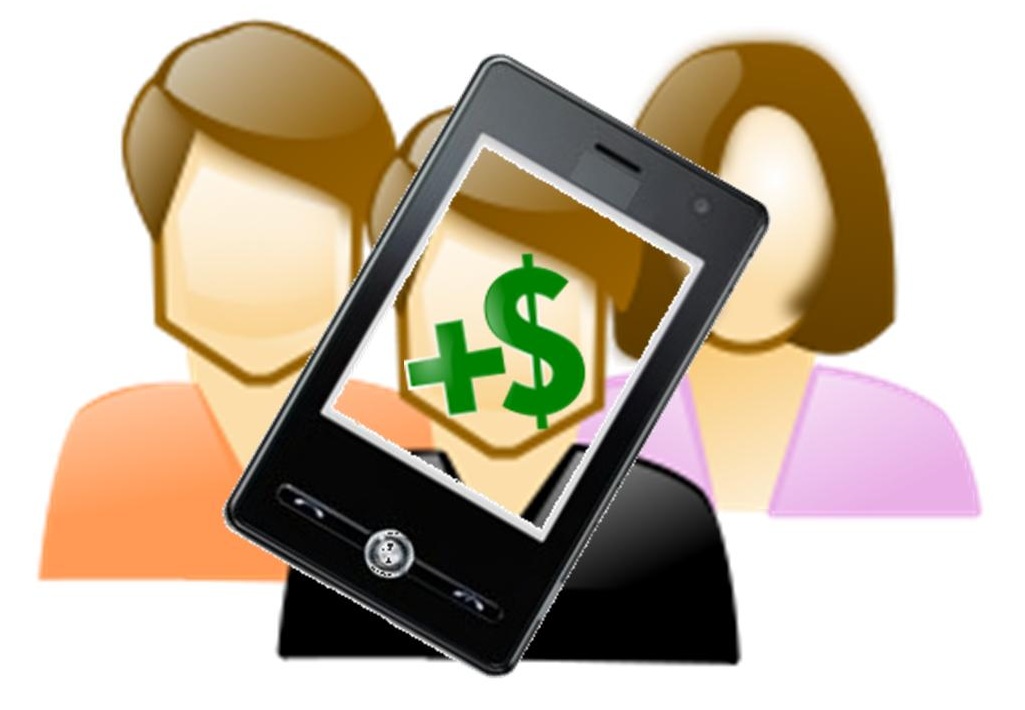The number of businesses and shoppers using their smartphones to pay is rising more rapidly.
According to the results of a recent data analysis by Gartner, there are more consumers and businesses, alike, that are starting to try out mobile payments and wallets app, to test the technology for themselves.
That said, there are also a growing number of offerings showing up in the mobile wallet app market.
Among those making the most noise is Apple Pay, which was launched by Apple in October 2014. That said, it is far from alone in the mobile payments sphere, as Android Pay has also been released by Google. Samsung Pay was launched by Samsung Electronics Co to throw its hat into the ring. Moreover, there are quite a few that are currently in development. Among the most notable is CurrentC, which is the mobile wallet being created by a consortium of restaurants and major retailers.
That said, individual retailers are also starting to come up with their own mobile payments offerings.
 Over the holiday season, Walmart announced that it was developing a mobile wallet service that would allow its shoppers to pay for their purchases at the store using their smartphones, charging the purchase to any major credit card or to one of the brand’s gift cards. This feature is going to be worked into the existing mobile app from the company.
Over the holiday season, Walmart announced that it was developing a mobile wallet service that would allow its shoppers to pay for their purchases at the store using their smartphones, charging the purchase to any major credit card or to one of the brand’s gift cards. This feature is going to be worked into the existing mobile app from the company.
Similarly, Target also announced that it would be adding a mobile wallet feature to its mobile application. That announcement caused quite a bit of confusion, as Target is one of the businesses in the aforementioned consortium, and the retailer was certain to make it clear that it had no intentions for exiting that group.
Until now, mobile wallets haven’t really been all that popular among consumers, but they are reaching the point in which they are beginning to pick up a bit of steam. Gartner research director, Penny Gillespie explained that “When you ask consumers about mobile payments, they pretty much tell you they’re not interested — not everyone, but the majority of buyers.” She also went on to say that one of the main reasons is that consumers are essentially satisfied with their current payment options, including credit and debit cards, checks and cash.
Microsoft’s augmented reality glasses can run for only up to 5 hours before they need to be plugged in.
A recent presentation made by Bruce Harris, the Microsoft technical evangelist, in Tel Aviv, revealed several pieces of insight about the augmented reality Hololens headset, some of which impressed the tech industry and some of which is turning out to be a bit of a disappointment.
Though many details had been revealed back in October, this recent presentation offered more insight.
Back in the original demonstration of HoloLens by Microsoft, last October, there was a great deal revealed about the function of the augmented reality device. However, some key factors were absent in that presentation, including battery life, pricing and other additional functionalities. Now, the recent Tel Aviv presentation from Bruce Harris has shown a great deal more of the finer points surrounding this gadget.
Harris explained that, depending on its usage, HoloLens will last only 2.5 to 5.5 hours before needing to recharge.
 This suggests that if anyone were to invest in one of these devices, they may also want to have a good portable charger with them, as well. After all, using the headset for routine activities will give the individual only just over five hours. However, when pushing the device a little bit harder, that battery life can shrink down to 2.5 hours. For that to become a practical device it will need to be used alongside an external battery pack.
This suggests that if anyone were to invest in one of these devices, they may also want to have a good portable charger with them, as well. After all, using the headset for routine activities will give the individual only just over five hours. However, when pushing the device a little bit harder, that battery life can shrink down to 2.5 hours. For that to become a practical device it will need to be used alongside an external battery pack.
Harris also went on to say that HoloLens will be capable of running virtually any Universal app and it is currently operating on Windows 10 out of the box. Also pointed out in the presentation was that when the headset becomes consumer ready, it will be “totally wireless” and will be capable of connecting to any Bluetooth device or WiFi network. Of course, if WiFi drains this device as much as it can take down many smartphones and tablets, this will only reinforce the need for a portable charger that will be able to recharge it a few times each day.
When it comes to field of view, the HoloLens should provide an experience that can be compared to that of a 15 inch monitor. This field of view was selected in order to make it possible for Microsoft to provide optimal production capabilities in order to keep costs manageable.
 Over the holiday season, Walmart announced that it was developing a mobile wallet service that would allow its shoppers to pay for their purchases at the store using their smartphones, charging the purchase to any major credit card or to one of the brand’s gift cards. This feature is going to be worked into the existing mobile app from the company.
Over the holiday season, Walmart announced that it was developing a mobile wallet service that would allow its shoppers to pay for their purchases at the store using their smartphones, charging the purchase to any major credit card or to one of the brand’s gift cards. This feature is going to be worked into the existing mobile app from the company.
 This suggests that if anyone were to invest in one of these devices, they may also want to have a good portable charger with them, as well. After all, using the headset for routine activities will give the individual only just over five hours. However, when pushing the device a little bit harder, that battery life can shrink down to 2.5 hours. For that to become a practical device it will need to be used alongside an external battery pack.
This suggests that if anyone were to invest in one of these devices, they may also want to have a good portable charger with them, as well. After all, using the headset for routine activities will give the individual only just over five hours. However, when pushing the device a little bit harder, that battery life can shrink down to 2.5 hours. For that to become a practical device it will need to be used alongside an external battery pack.